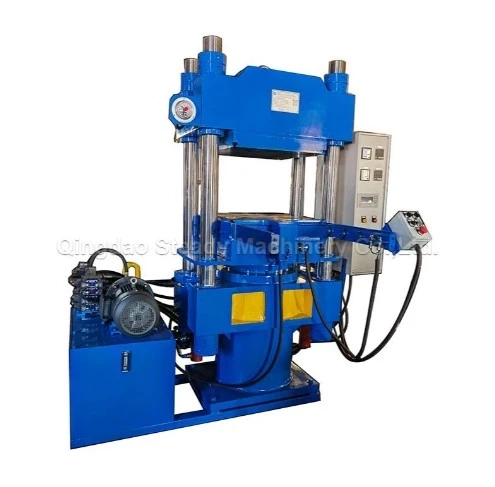Rubber manufacturing has come a long way in recent years, with advancements in technology improving the quality, efficiency, and durability of rubber components. Among the essential tools in modern rubber processing is the hydraulic rubber press—a machine that plays a vital role in forming and curing rubber products under high pressure and temperature.
What Is a Hydraulic Rubber Press?
A hydraulic rubber press is a specialized machine used in rubber molding operations, commonly employed in the automotive, construction, and appliance industries. The press uses hydraulic power to apply consistent pressure, ensuring precise shaping and bonding of rubber materials. This method is widely appreciated for its ability to produce uniform parts with fewer defects, leading to improved product reliability.
Why Industries Rely on It
The use of a hydraulic rubber press allows manufacturers to control production parameters accurately. This means better compression molding of rubber parts, tighter tolerances, and the ability to meet demanding specifications. The machine is especially useful for creating seals, gaskets, O-rings, and other components that require high strength and resistance to pressure and temperature variations.
One of the leading manufacturers in this sector, Qingdao Steady Machinery Co., integrates advanced hydraulic systems and user-friendly controls into their rubber presses, helping industries scale their production while maintaining superior quality.
Benefits of Using a Hydraulic Rubber Press
The popularity of the hydraulic rubber press stems from its practical advantages:
- Consistency: It ensures uniform compression throughout the mold, reducing waste and rework.
- Efficiency: These machines are built to handle high-volume production runs, making them ideal for large-scale manufacturing.
- Versatility: With adaptable settings, they can process a variety of rubber compounds and product designs.
- Durability: Built to withstand harsh working environments, hydraulic presses offer a long service life with minimal maintenance.
Choosing the Right Machine
When selecting a hydraulic rubber press, it’s important to evaluate the press capacity, platen size, cycle time, and temperature control features. Customizability is also crucial—some operations may require special mold setups or automation integration for optimal performance.
Final Thoughts
As rubber-based products continue to find broader applications in modern industries, having a reliable and high-performing hydraulic rubber press becomes a necessity. Whether for manufacturing automotive parts or industrial gaskets, these machines offer unmatched precision and reliability. Investing in a quality press not only improves product output but also enhances the overall efficiency of your rubber molding process.


